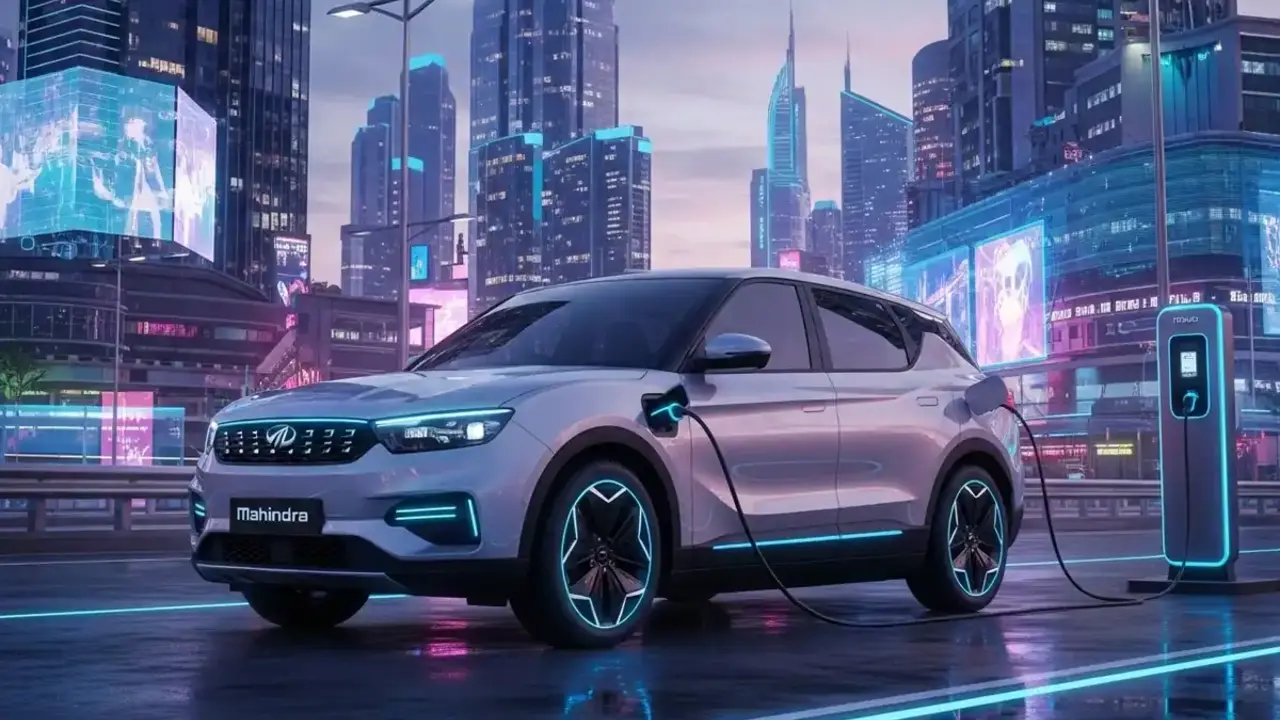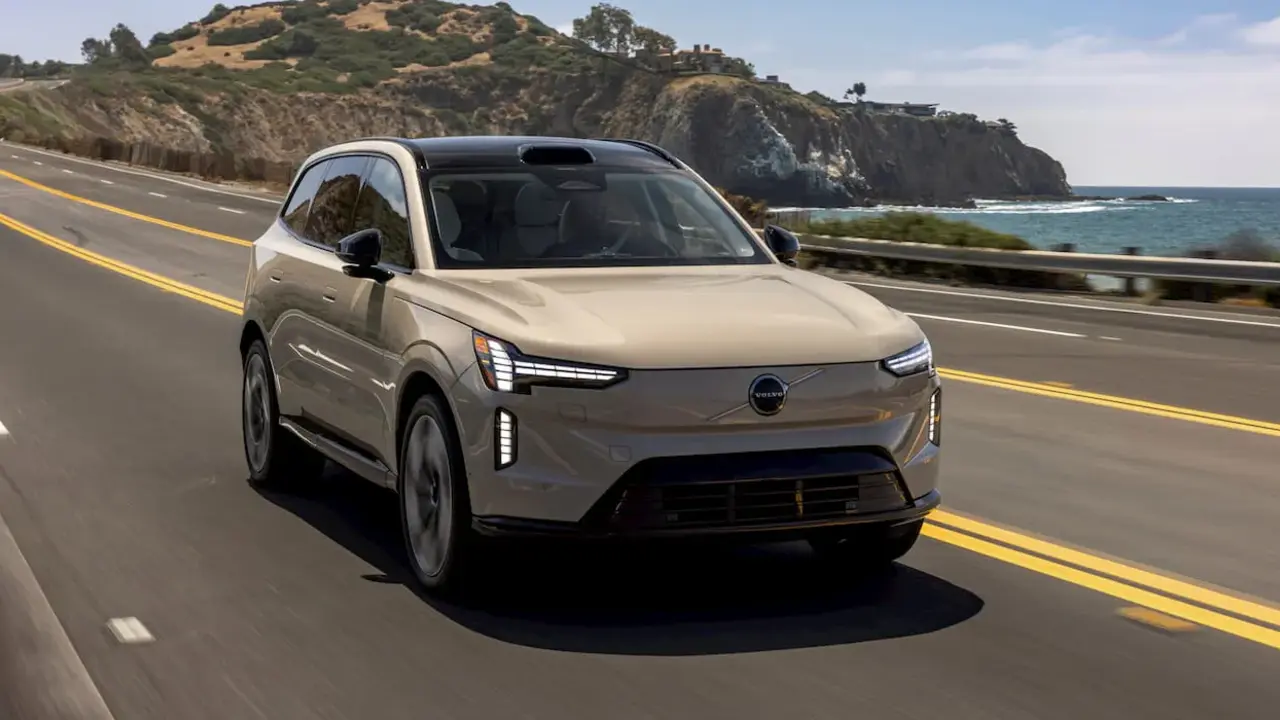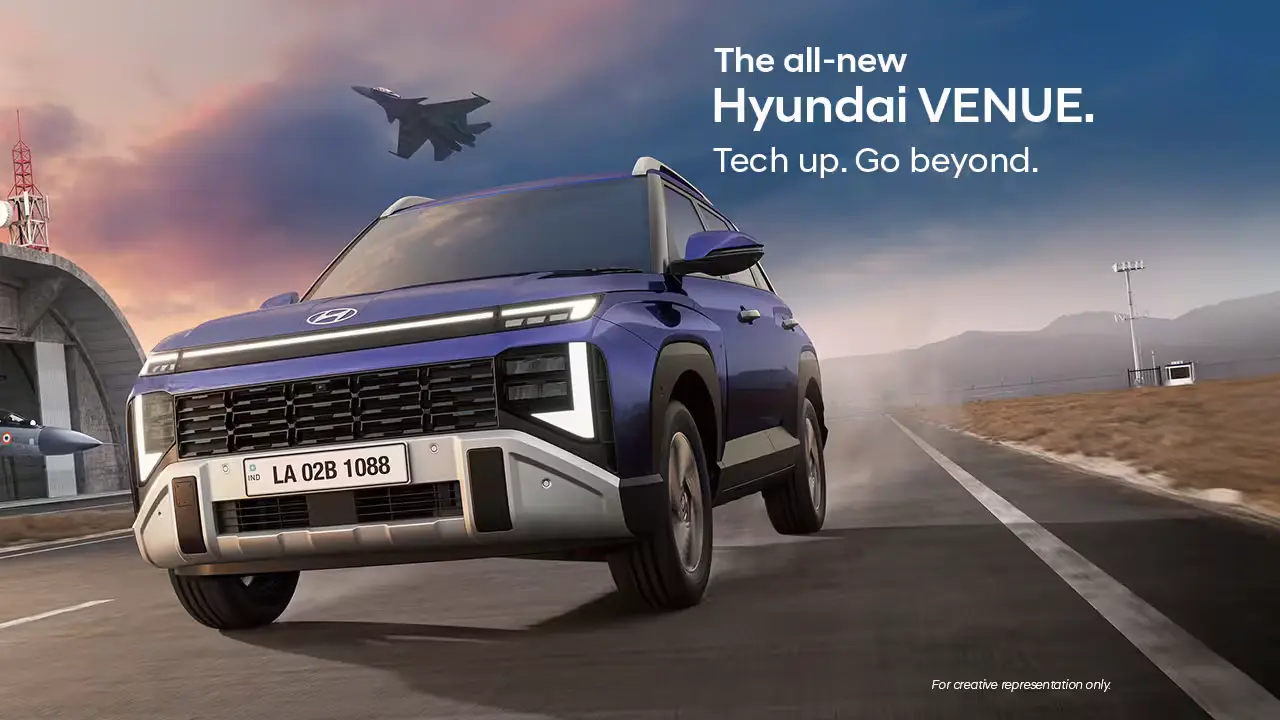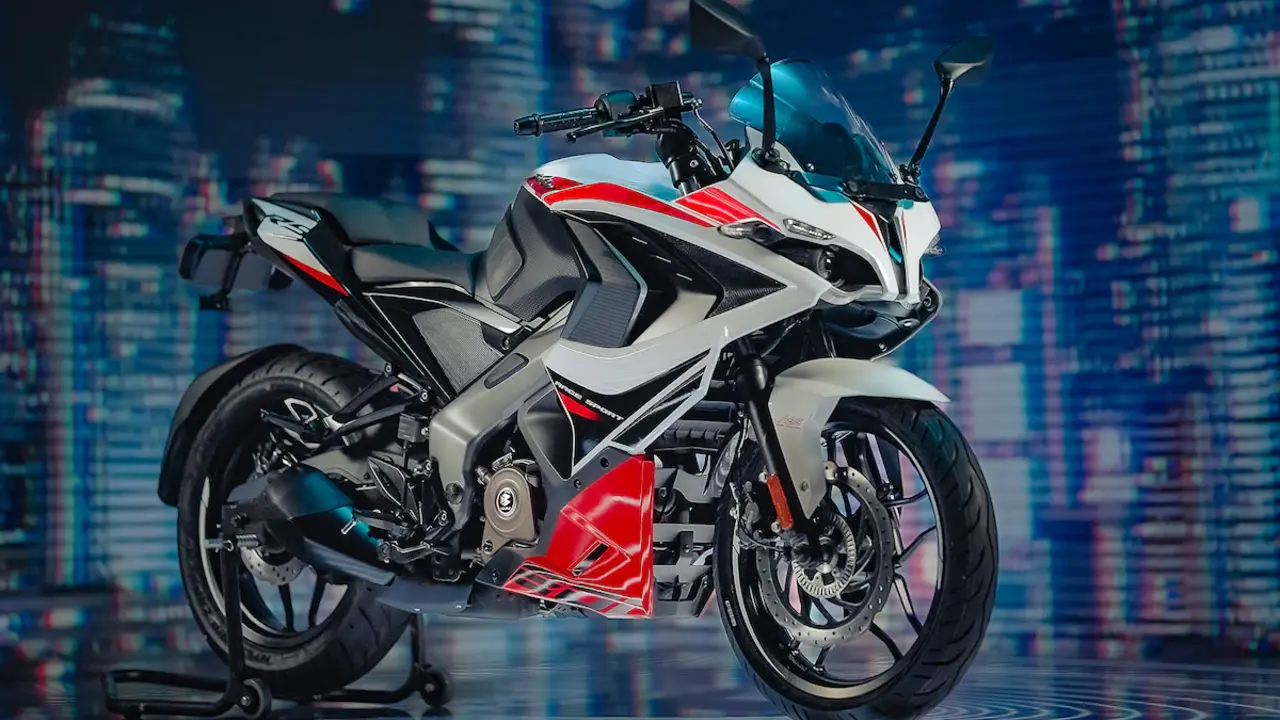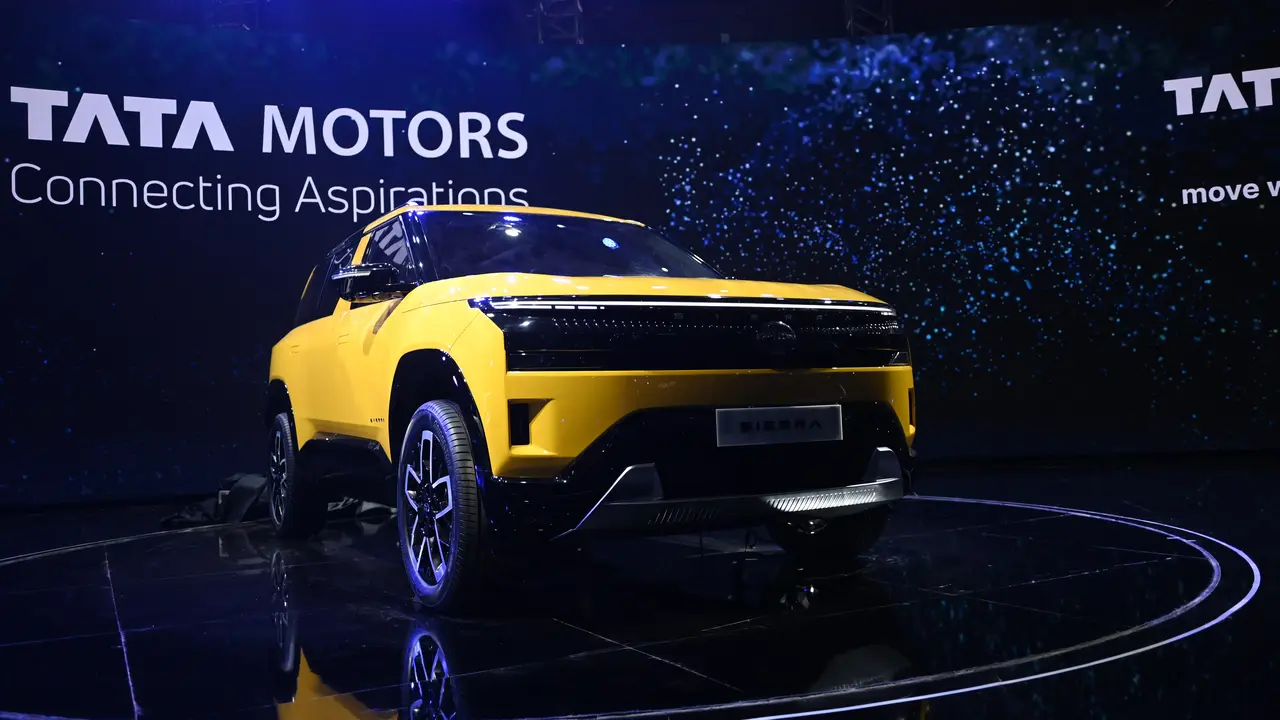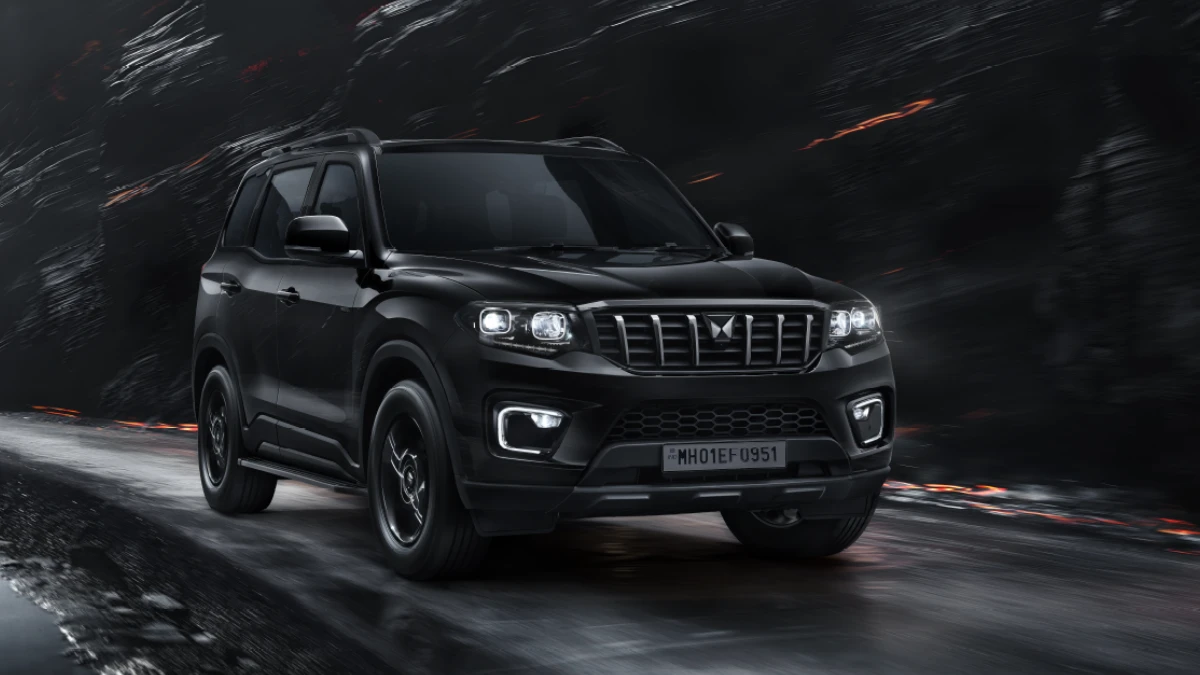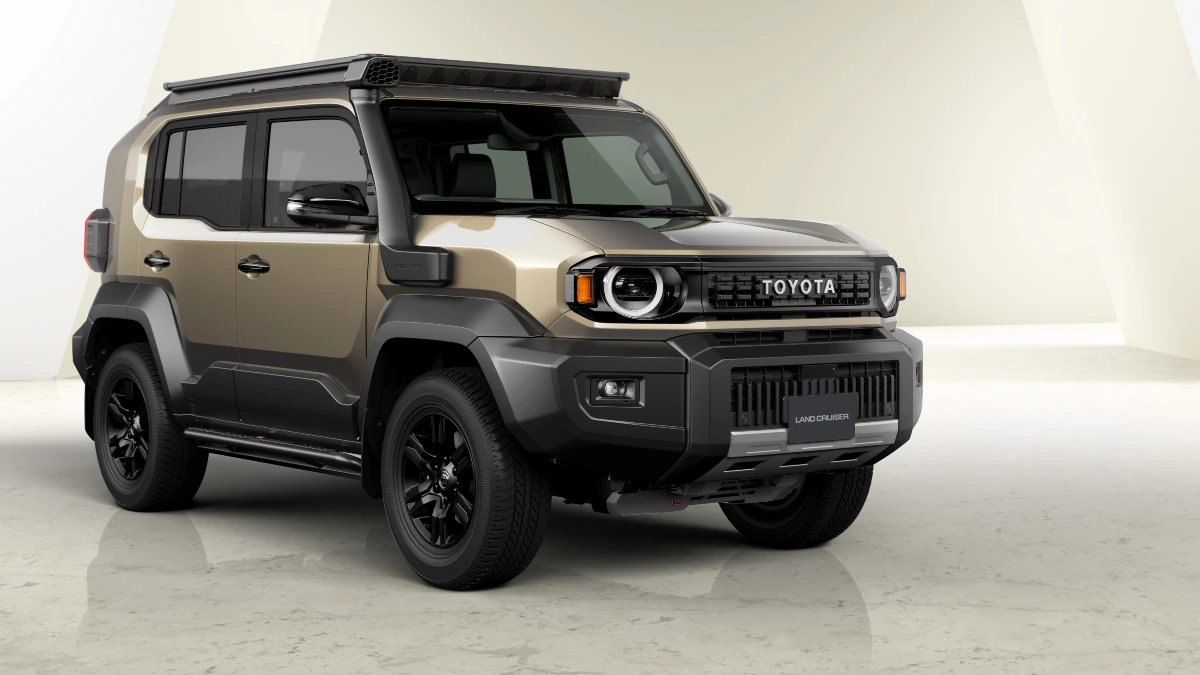I’m excited to talk about the Mahindra XEV 7e, a full-size, 7-seater electric SUV that many reports say is coming in late‑2025 to early‑2026. If you’re shopping for a family EV or just curious about India’s electric SUV scene, I’ll walk you through what we know so far, what to expect, and how it might stack up to rivals.
When will the Mahindra XEV 7e arrive?
From the latest media coverage and spy shots, the XEV 7e is actively being tested on public roads. Most outlets put the launch in late‑2025 to Q1 2026. That means we should get official specs or a launch announcement soon, but right now Mahindra hasn’t published full production details.
I’m keeping an eye on this because testing is advanced — multiple spy photos and mule reports show a near‑production body. So while the exact date is not confirmed, the timing looks realistic based on what we’ve seen.
Platform, powertrain and expected range
The XEV 7e is said to ride on Mahindra’s INGLO born‑electric platform and to share architecture with the XEV 9e. That’s important because it means the 7e should be designed from the ground up for battery packaging, space and efficiency.
Leaked info points to LFP battery packs similar to the XEV 9e — roughly 59 kWh and 79 kWh options. Reports suggest single‑motor RWD for lower trims and multi‑motor AWD for higher trims. Power outputs are not finalized, but leaks and platform comparisons put figures in the roughly 200–300 bhp band for higher variants.
Range estimates vary. Based on similar models, published MIDC‑style claims for like battery sizes range from about 540–650+ km for the largest packs under ideal testing cycles. Real‑world figures will likely be lower, but even conservative numbers should give healthy daily range for families.
Quick specs snapshot
Below is a simple table summarizing the widely reported battery and power options. Keep in mind these are leaked/estimated figures and not yet official.
| Battery (approx.) | Estimated Power | Estimated Range (claimed) | Likely Drive |
|---|---|---|---|
| ~59 kWh | ~200 bhp (est.) | ~300–400 km (est.) | RWD (base) |
| ~79 kWh | ~250–300 bhp (est.) | ~540–650+ km (claimed under ideal test) | RWD or AWD (higher trims) |
Interior, tech and family features
One thing that stands out in reports is a premium cabin focus. Media leaks point to a triple‑screen setup (instrument cluster + central infotainment + passenger display), a large panoramic sunroof, ventilated seats and wireless Apple CarPlay/Android Auto. For family buyers, the 7‑seater layout is a big draw — and higher trims may offer 6‑seat captain chairs for more comfort.
I like that the XEV 7e seems aimed at real families. For example, if you regularly drive with children and luggage, the INGLO platform should let Mahindra keep a low floor and flat cargo area when seats fold — that helps with strollers, grocery runs and weekend trips.
On safety and driver aids, the XEV 7e is expected to offer a Level‑2 ADAS package: adaptive cruise, lane‑keep assist, 360° cameras and auto emergency braking. Those features will make long drives easier and safer for most families.
Styling, size and road presence
Spy shots show styling cues similar to the XEV 9e family look — a closed front fascia, sharp LED lighting, flush door handles and aero wheels. The silhouette suggests an XUV700‑sized body reworked for EV packaging. That means you get a big SUV stance but with cleaner EV aerodynamics.
From what I’ve seen, the XEV 7e looks like a proper flagship EV for Mahindra — larger than the 5‑seat XEV 9e and aimed at buyers who want space, tech and range in one package.
Price, trims and how it compares
Price estimates from media outlets place the XEV 7e roughly in the ₹23–32 lakh band in India, depending on trim and battery. These are not official numbers, but they help position the 7e as a step above the 5‑seat XEV 9e and competitive with other mid‑to‑premium EV SUVs.
If you compare it to rivals, consider these points:
- Tata and Hyundai are strengthening their EV lineups, but a true 7‑seater EV at this size and price is still rare. That gives the XEV 7e an edge for large families.
- Mahindra’s emphasis on family utility and rugged SUV identity could make the XEV 7e attractive to buyers who want space and some off‑road capability in future variants.
- Features like triple screens and Level‑2 ADAS will help it compete on tech and safety.
Real‑world example and a quick case study
Let me give you a simple scenario: imagine a family of five planning a weekend trip 300 km away. With the likely 79 kWh pack and the claimed ranges, you could probably complete the round trip with one top‑up stop or maybe none in ideal conditions. Add cargo and A/C use, and you’d still have a practical buffer for city driving afterward. That kind of flexibility is what many buyers want from a 7‑seater EV.
Another useful example: a city taxi fleet that upgrades to electric 7‑seat SUVs could run longer daily shifts on the larger battery option while reducing running costs. If fleet operators see reliable MIDC figures near the claimed numbers, that will help the business case for switching to EVs.
What we still don’t know — and what I’ll watch for
There are several open questions I’m tracking: final production power figures, confirmed real‑world range, official pricing and exact trim features. Mahindra has showcased EV roadmaps and concept tech publicly, but the XEV 7e’s final specs are still based on leaks and insider reports.
If you want, I can pull the latest Mahindra press release or check the company newsroom and confirm whether official specs are out. I can also compile the newest spy images and build a direct comparison to competitors like Tata and Hyundai — tell me which you prefer.
Also Read: Wagon R 2025: India’s Most Trusted Family Car Gets Smarter with New Features and Better Mileage
Final Thoughts
To wrap up, the Mahindra XEV 7e looks like an important addition to India’s EV market: a true 7‑seater built on the INGLO platform, with likely 59 kWh and 79 kWh LFP battery options, reported power in the 200–300 bhp band for higher trims, and claimed ranges that could reach the 500+ km level under ideal tests. Pricing estimates of ₹23–32 lakh would place it in a competitive slot for large families and premium fleet use.
I’m optimistic about the XEV 7e because it targets a real need — space, range and modern tech — in a growing EV market. We’ll need to wait for Mahindra’s official launch to confirm exact specs and pricing, but based on current reports the XEV 7e could be a strong contender for buyers who need a family‑sized electric SUV.
If you’d like, I can fetch the latest official Mahindra release or gather updated spy photos and competitor comparisons. Which would you prefer?
